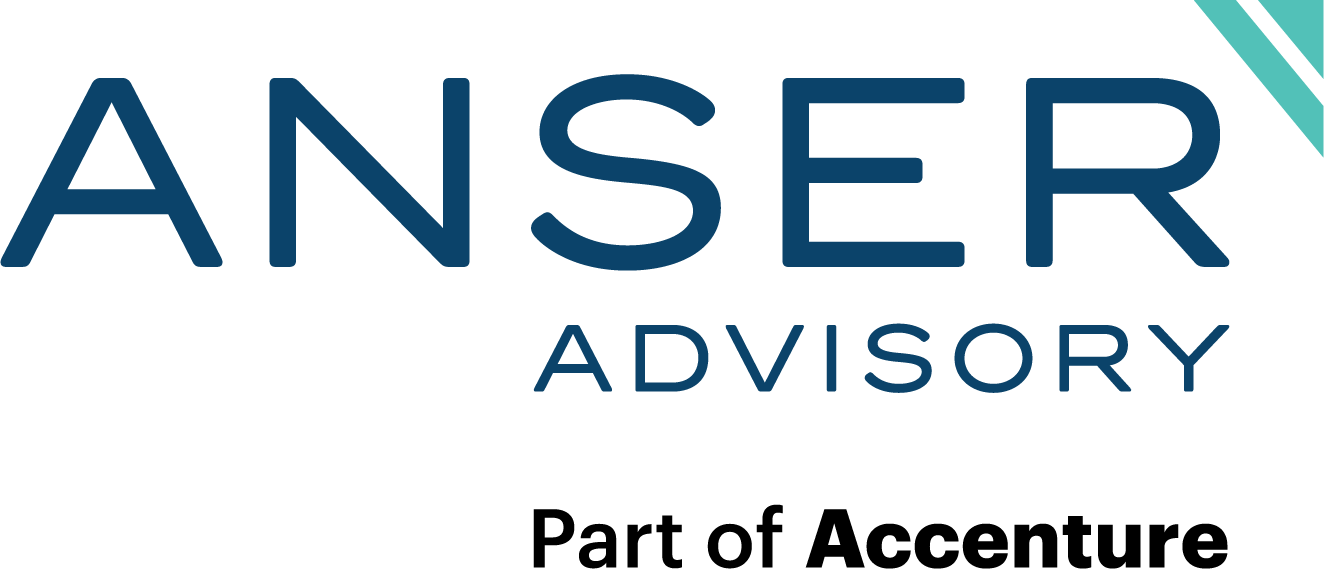Building information modeling (BIM) has gone from bleeding edge to boring for much of the industry in less than a decade.
Allied Market Research valued the global building information modeling market size at $7.9 billion in 2022 and is projected to reach $34.2 billion by 2032, growing at a CAGR of 16% from 2023 to 2032. It’s no secret that BIM is becoming more prevalent and delivering an increasing return on investment. Most architecture, engineering, and construction firms can cite examples of best practice implementation of BIM on their projects. The adoption and innovation rate is so fast that case studies and presentation abstracts can seem dated by the time they are released.
However, BIM is still largely misunderstood by the industry stakeholder with the most at risk – the owner.
Until recently, it was not uncommon for an owner to request that the project use BIM and be told by the project team that it would cost more. With adoption among AEC firms having hit critical mass, this is now a rare occurrence – not because their clients are increasingly requesting BIM but because it has been proven to improve their business processes and bottom lines.
This is good for building owners, who can take a passive approach to innovation and reap some benefits from higher-performing project teams. However, if an owner doesn’t understand the tools and trends, they will find it increasingly difficult to monitor and control their projects properly, and, worse, they will not be able to maximize the value of this transformative technology. So what should they do?

Can’t I call my Architect?
As owners grapple with the promise of the technology, they often turn to the industry BIM experts for guidance – the people who design and build their facilities or the people who make and sell the software to them. However, reliance on these stakeholders for guidance on an owner-centric strategy for BIM has some inherent problems.
Context. These experts are external to the owner’s organization and understandably have limited insight into overall business requirements. They also provide service to only a tiny percentage of the facility lifecycle as measured by either time or cost. It would be as if the king in the ancient Indian fable about the blind men encountering his elephant – in which each blind man comes to different conclusions about what it is based on what part of the animal they are touching - commissioned one of them to be his zookeeper.
Objectivity. They likely compete with similar vendors in the owner’s existing AEC supply chain, making standardization, Intellectual Property exchange, and independent evaluation more difficult. A general contractor may pitch a unique approach for delivering a BIM as-built for one project, but that won't be easy to scale across an entire capital program when an Owner is working with many different general contractors who are each trying to create unique value-adds relative to one another.
Control. Managing scope requirements conceived and written by those who will ultimately perform the work can also be challenging. A typical example is architecture firms developing BIM guidelines for an owner – effectively creating the standards by which their clients will judge them.
Orientation. This approach comes at the challenge from the wrong direction: starting with a project or software and flowing up to the organization. The approach should start with the owner’s strategic objectives for their capital facilities, defining project and technology requirements.
An owner should rely on a technology subject matter expert with obligations and incentives aligning with organizational objectives for their capital projects and facilities. An owner should also avoid implementing strategic advice that could be conflicted or limited by the abovementioned factors.
However, given that most BIM subject matter experts come from the industry's design, construction, and software firms, it can be challenging for owners to find advocates who understand their unique requirements and how the technology can address their needs.
Every Owner is a Snowflake
Owners with built assets span vertical industries and serve a unique array of stakeholders and organizational requirements with their facilities. Similar technology is often used in service of essential business functions across industries in different manners – consider the distinction in how a broker like Expedia uses an e-commerce website as opposed to a retailer like Walmart.
After many years of working with BIM technology and directly for owners, we have found the following to be a practical framework for developing and implementing an effective strategy:
Business needs provide the true north – how the technology can drive value should reflect organizational priorities. Cost is less important than quality and schedule for a mission-critical facility like a processing plant. Still, the priorities are different for a public school district – where every dollar spent on facilities is money that could have been spent on teachers, textbooks, and students.
Staff the expertise – hire someone and/or leverage a consultant performing in an owner’s rep capacity. There must be business leadership with skin in the game to set the vision and to provide the technical chops to ensure successful execution.
Focus on outputs, not means and methods – innovation in the latter will occur naturally in a competitive environment. Still, the former must be defined and codified as a contractual requirement to deliver optimal benefits to an owner.
Validate with use cases – identify and prioritize specific use cases based on assessing value against industry standardization, maturity, and current capabilities. This provides opportunities for quick wins and incremental improvement, which can be measured and communicated throughout the organization.
Engage your AEC supply chain – an owner needs to validate what they hope to accomplish within the constraints of existing software functionality and the resource capabilities of their design consultants and contractors. The experts who sell or use the software to design and build facilities are valuable contributors to this process. They shouldn't be the ones developing an owner’s BIM strategy.
Take the Wheel
New technology disrupts how we do business. This is neither good nor bad - it is a fact. However, most owners continue to tread cautiously regarding industry innovation and have been mainly passengers regarding industry innovation, especially regarding BIM.
The management consultant Peter Drucker said, “Results are obtained by exploiting opportunities, not by solving problems.” For the owner, the most essential stakeholder in our industry, being proactive with BIM will provide an opportunity to improve how they do business, create a competitive advantage, and save them money.
Gain more insights into our BIM solutions and explore our technology offerings here.
About the Author
Sean Olcott, Technology Innovation
 Sean Olcott has been at the leading edge of industry technology innovation for over a decade, helping Owners and Developers leverage new tools to improve how they deliver capital projects and manage their built assets. As an entrepreneur, consultant, and technology project manager, he’s worked with almost every legacy software acronym in the industry – BIM, PMIS, GIS, CMMS, CAFM, EDMS, BAS, ERP – and is now working with the emerging ones – IoT, UAS, AR/VR - too. At Anser Advisory, part of Accenture, he advises on strategy and implements solutions for a diverse group of clients on over $20B worth of capital programs.
Sean Olcott has been at the leading edge of industry technology innovation for over a decade, helping Owners and Developers leverage new tools to improve how they deliver capital projects and manage their built assets. As an entrepreneur, consultant, and technology project manager, he’s worked with almost every legacy software acronym in the industry – BIM, PMIS, GIS, CMMS, CAFM, EDMS, BAS, ERP – and is now working with the emerging ones – IoT, UAS, AR/VR - too. At Anser Advisory, part of Accenture, he advises on strategy and implements solutions for a diverse group of clients on over $20B worth of capital programs.

